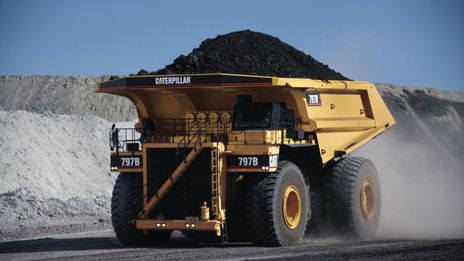Distribution

Oil prices rise 1% after heavy US tariff-driven selloff

Oil prices rose more than 1 percent on Tuesday, rebounding after a hefty selloff in recent sessions led by concerns that US tariffs might depress demand and lead to a global recession.
Brent futures were up 81 cents, or 1.26 percent, at $65.02 per barrel, while US West Texas Intermediate crude futures rose 92 cents, or 1.52 percent, to $61.61, at 00:51 GMT.
On Monday, oil prices slid 2 percent, nearing a four-year low, due to fears that US President Donald Trump’s latest trade tariffs could thrust global economies into recession and diminish energy demand. Markets, however, anticipate a potential limit to the downward trajectory of oil prices.
Trump maintains that the tariffs – a minimum of 10 percent for all US imports, with targeted rates of up to 50 percent – would facilitate the revival of the US industrial base which he says has been declining due to decades of trade liberalisation.
Oil prices tumble
The 52-week range is $58.95-87.67 for WTI and $62.51-92.18 for Brent crude
While many countries are seeking an exemption or at least reduction in the tariffs, some, including China, the world’s second-largest economy after the US, have announced plans for reciprocal tariffs. Trump said he would impose even more tariffs on China if Beijing does not withdraw its counter measures.
“Should China stand firm, the total tariff rate on its imports to the US would climb to an astonishing 104 percent, a move likely to trigger a further souring of risk sentiment, steep drops in global stock markets and accelerate the pace of the global economy’s descent into recession,” Tony Sycamore, market analyst with IG, said in a note.
A preliminary Reuters poll showed on Monday that US crude oil and distillate inventories were expected to have risen last week on average by around 1.6 million barrels, in another sign of the market expecting demand to be weak.
As analysts estimate the break-even costs for oil production in the US, the world’s leading oil producer, to be around $60 per barrel, there could be a floor to how low prices could go as some opt to cut investment and drilling.
“This would cause output growth to slow and US production to fall from the current level of 13.4 million barrels per day, if prices remain depressed, as appears likely. The reduced activity, however, is likely to support a price floor in the $50s per barrel for WTI,” Eurasia Group said in a note.












